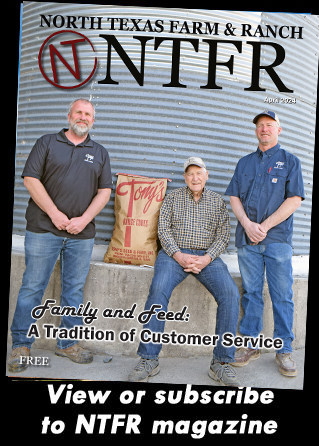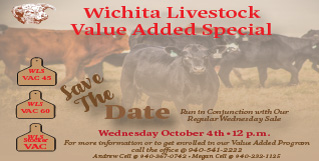Farm & Ranch
[AgriLife Today] Cover crop costs recovered on Rolling Plains cotton
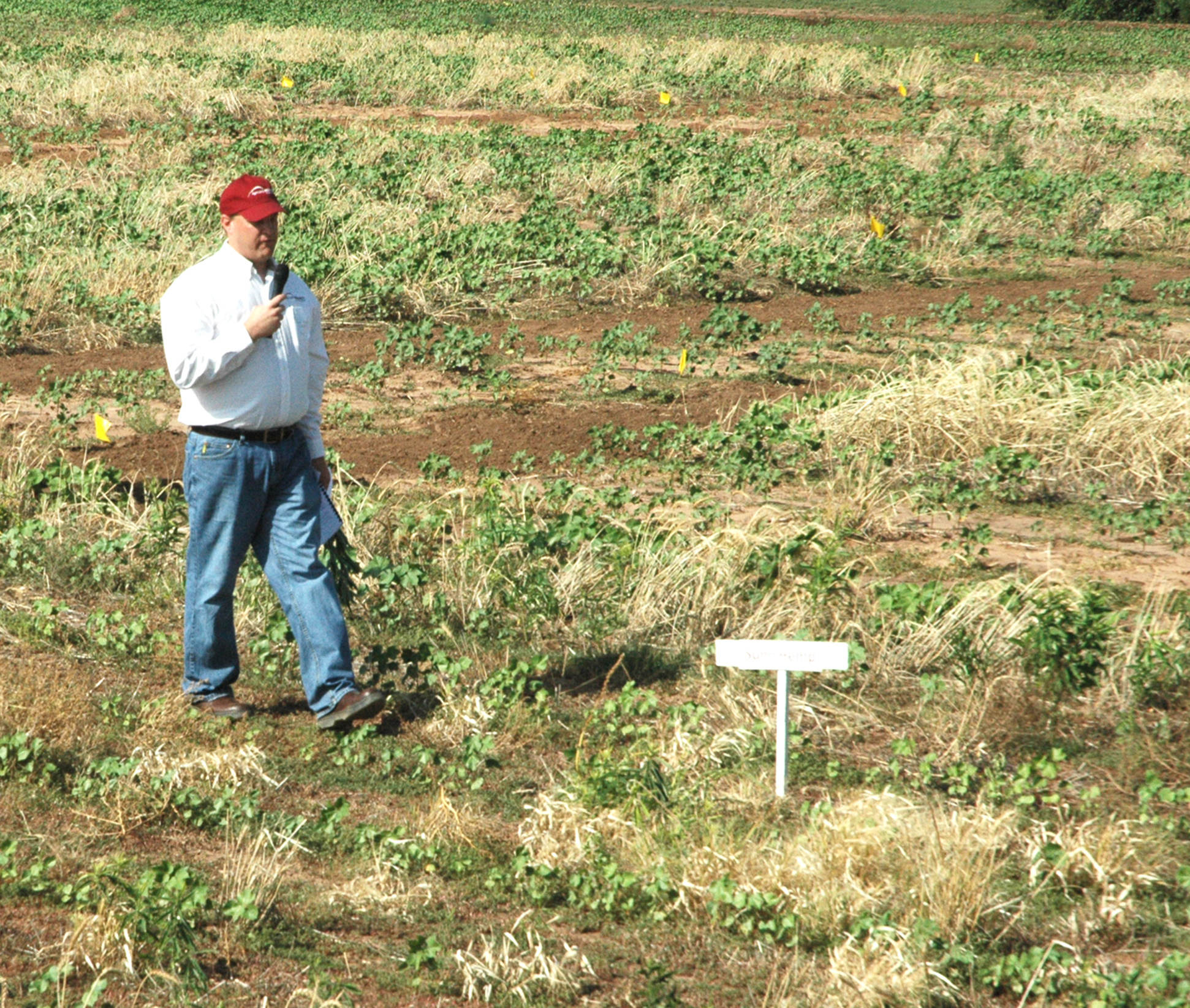
By: Kay Ledbetter
Writer: Kay Ledbetter, 806-677-5608, [email protected]
Contact: Dr. Paul DeLaune, 940-552-9941 ext. 207, [email protected]
VERNON – Adoption of cover crops in the Rolling Plains has been slow as questions persist on water use and benefits. But after compiling economic data this past year, one Texas A&M AgriLife researcher is asking producers, “Can you afford not to adopt cover crops?”
Dr. Paul DeLaune, Texas A&M AgriLife Research environmental soil scientist in Vernon, said irrigated producers especially could potentially be reaping more dollars per acre if they include a cover crop on their continuous cotton.
DeLaune has been researching conservation tillage and cover crop effects on soil moisture and soil properties for the past eight years in the semi-arid environment of the Rolling Plains, with much of the data collected during an exceptional drought period.
He will be talking in detail about agronomic and economic impact of cover crops in cotton systems at the Beltwide Cotton Conference in Dallas Jan. 5-7 and the Red River Crops Conference in Childress Jan. 24-25.
“Water is often the limiting factor to crop production, so anything that is perceived to reduce the capability of soils to capture and retain rainfall hinders adoption,” he said.
Conservation tillage, which has shown benefits in regard to rainfall retention and storage, has been a hard sell in Texas, DeLaune said, with only about 16 percent adoption. So he expects cover crops to have an even lower adoption rate.
However, there has been much more promotion and excitement for cover crops due to the U.S. Department of Agriculture Natural Resources Conservation Service Soil Health Initiative, he said.
DeLaune said it is true after five years of research, he had hoped to see a buildup of organic carbon – but didn’t.
But he did see a reduction in the overall soil compaction and an improvement in water infiltration.
“The stored soil water at the time of termination of a cover crop will be lower, but when the rain does come, the infiltration rate is higher, and prior to the cash crop being planted, it seems to be recharging well,” DeLaune said.
Termination date can be important. Too early and the beneficial residue is lost, he said, adding they terminate about a month before planting.
“If you terminate early, the residue goes away quickly,” DeLaune said. “So when do you pull the trigger on termination? Let it get a little further along so the residue remains. Our infiltration data shows it will definitely be a benefit.”
In continuous cotton systems, he said his research has shown that infiltration did not differ between conventional till and no-till systems.
“But we did see a significant increase in infiltration when a terminated wheat cover crop was added to the system. In a low-residue system such as continuous cotton, no-till alone does not seem to be as beneficial in regard to infiltration, although we have seen alleviation of plow pans with no-till.”
The continuous dryland cotton system he has researched included trials of conventional till, no-till and no-till with a mixed species cool-season cover crop, as well as monocultures of crimson clover, hairy vetch, Austrian winter field pea and wheat cover crops.
Over a three-year average, expenses were significantly lower for the no-till system than all other systems except the wheat cover crop system, he said. Seed is a major factor and wheat has a much lower seed cost compared to other evaluated cover crop options.
In less humid regions, it is important to consider reasonable cover-crop seeding rates and not try to emulate high seeding rates that may be seen in cooler or wetter climates, DeLaune said. Within the dryland study, economic returns were not significantly different between cover crop and non-cover crop treatments.
“Although we have seen significant soil moisture use by cover crops, we have maintained lint yields with cover crops,” he said.
On irrigated cotton, the lint yield and net return were higher for the mixed cover crop and wheat cover crop systems in the third year of the trial. On the three-year average, per-acre net returns were $355 for no-till, $367 for conventional till, $398 for wheat cover crop and $406 for mixed species cover crop systems.
Added residue, either through crop rotation or cover crops, is a benefit to cotton systems in semi-arid environments, he said. Risks are much greater in dryland systems, but success can be found with educated management decisions.
-30-
Find more stories, photos, videos and audio at http://today.agrilife.org
Farm & Ranch
Hazards of Backyard Poultry
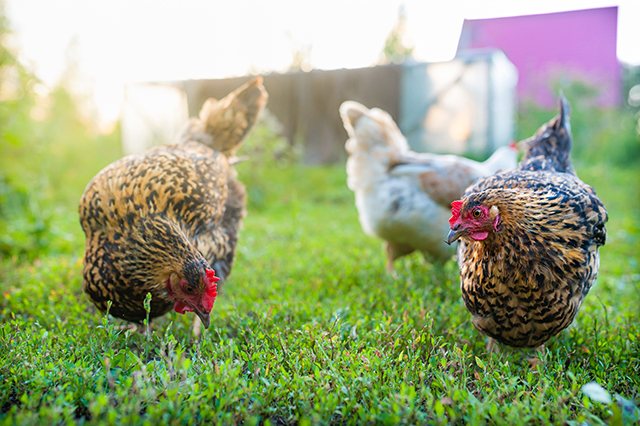
By Barry Whitworth, DVM
Having backyard poultry is a popular agriculture enterprise. According to the United States Department of Agriculture, 0.8 percent of all households in the United States have chickens. People keep chickens for a variety of reasons with table eggs being one of the more common reasons.
Unfortunately, some of these poultry producers are not aware of the hazards that come with keeping poultry because many times they carry pathogens but appear healthy.
Chickens are carriers of several zoonotic diseases. These are diseases that can be passed from animals to humans. According to a recent survey in Pennsylvania, a majority of backyard poultry producers were aware of the dangers of avian influenza. However, this study also revealed that far fewer producers were aware of the risk of possible exposure to Salmonella and Campylobacter.
The lack of knowledge about the hazards of raising poultry likely contributes to the continued issues of Salmonella outbreaks associated with backyard poultry. In 2023, the Centers for Disease Control and Prevention reported 1,072 illnesses of Salmonella linked to backyard poultry, and 272 of those patients required hospitalization. Oklahoma reported 43 individuals with the disease.
To read more, pick up a copy of the April issue of NTFR magazine. To subscribe by mail, call 940-872-5922.
Farm & Ranch
Ag Elsewhere: Wyoming
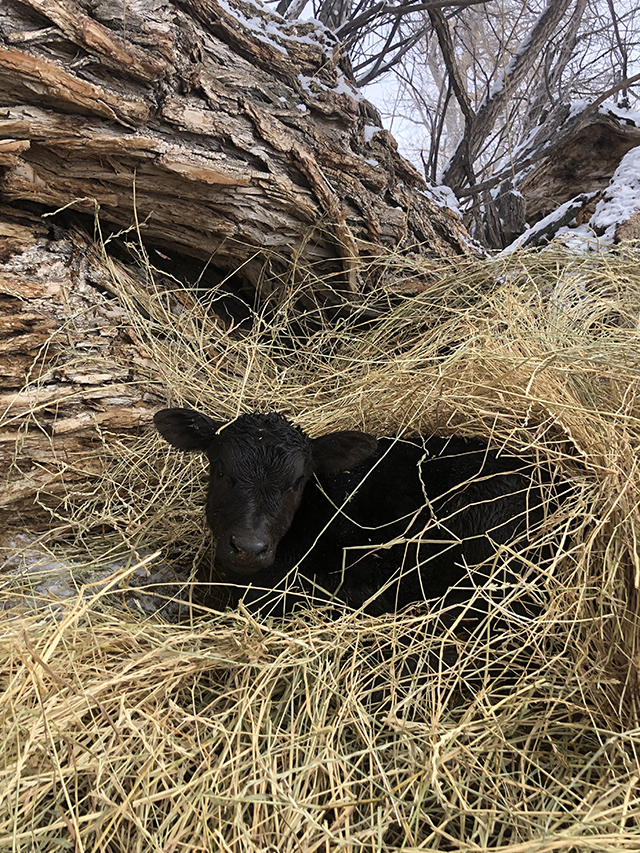
By Tressa Lawrence
Babies are tucked away in every nook and cranny. Many ranchers across Wyoming have baby animals popping up all over this time of year.
Farm & Ranch
Ag Elsewhere: Montana
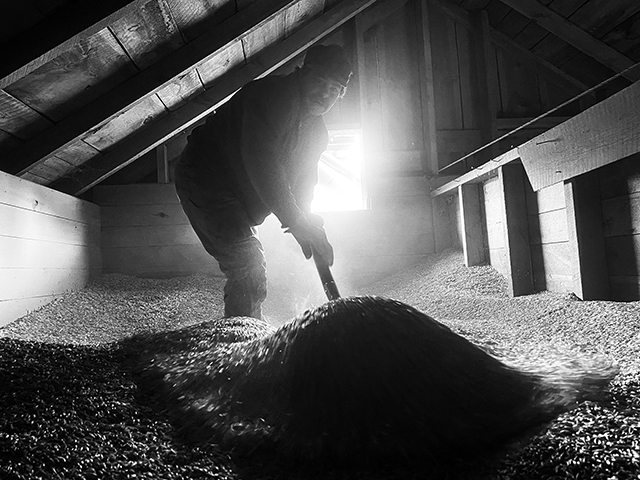
By Lindsey Monk
Another load of grain in to keep feeding the calves until the green grass can really start popping.
-
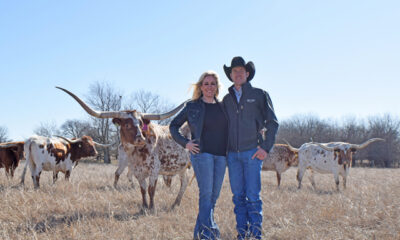
 Country Lifestyles1 year ago
Country Lifestyles1 year agoScott & Stacey Schumacher: A Growth Mindset
-

 Equine7 months ago
Equine7 months agoThe Will to Win
-

 Country Lifestyles7 years ago
Country Lifestyles7 years agoStyle Your Profile – What your style cowboy hat says about you and new trends in 2017
-
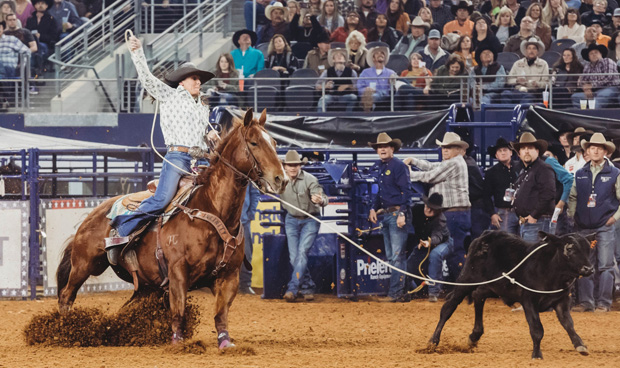
 Country Lifestyles4 years ago
Country Lifestyles4 years agoAmber Crawford, Breakaway Roper
-
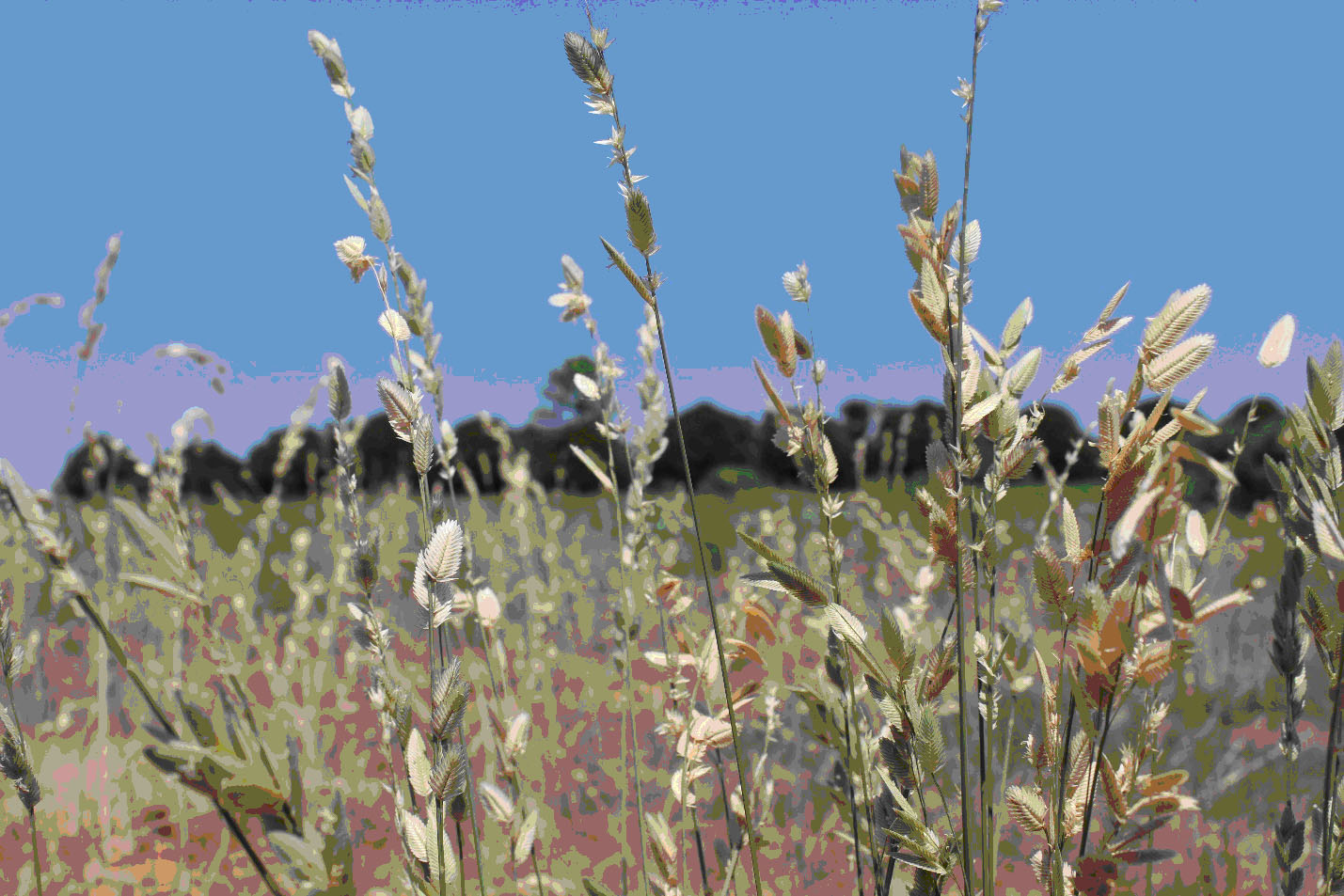
 HOME7 years ago
HOME7 years agoGrazing North Texas – Wilman Lovegrass
-
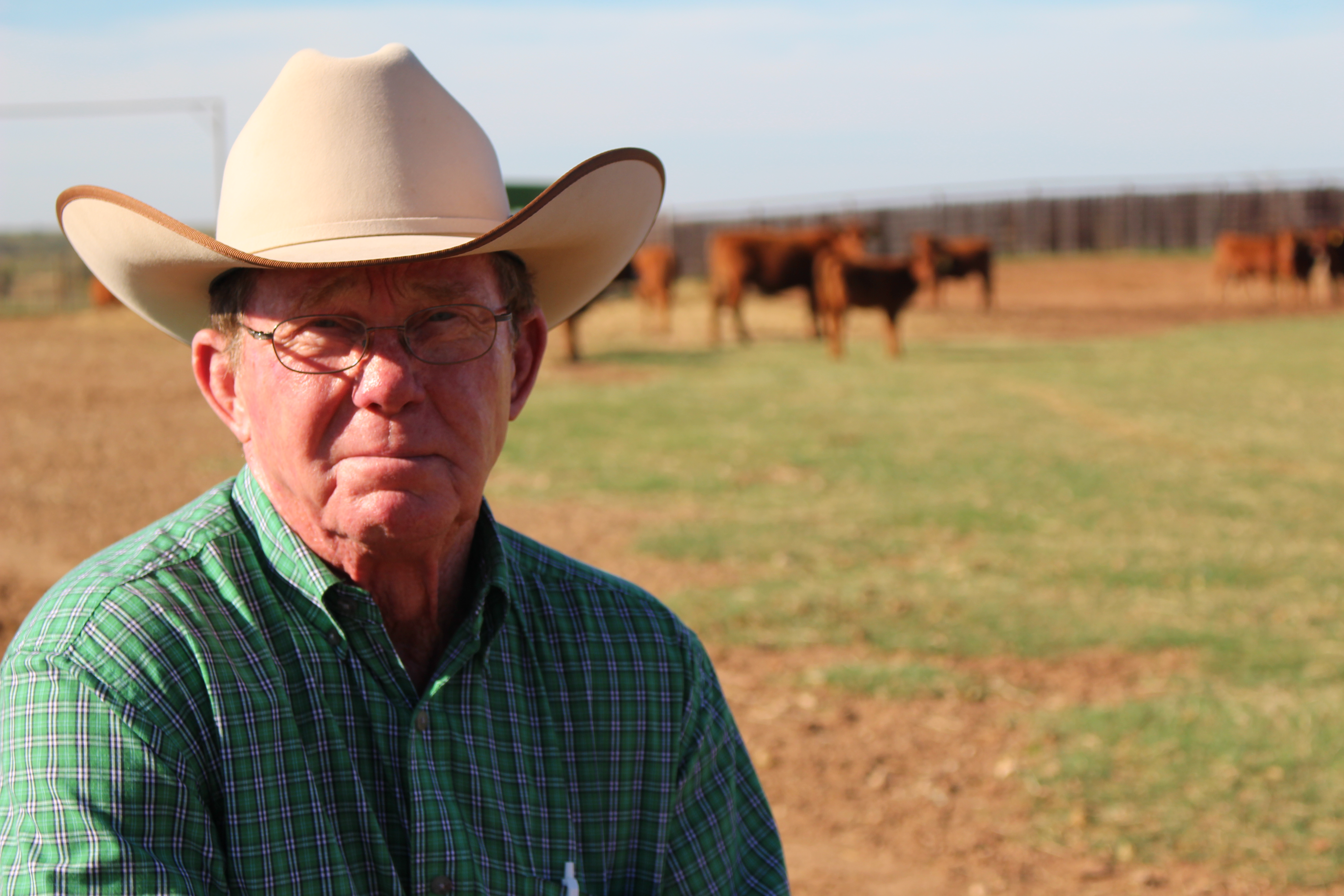
 Country Lifestyles7 years ago
Country Lifestyles7 years agoDecember 2016 Profile, Rusty Riddle – The Riddle Way
-

 Country Lifestyles8 years ago
Country Lifestyles8 years agoJune 2016 Profile – The man behind the mic: Bob Tallman
-
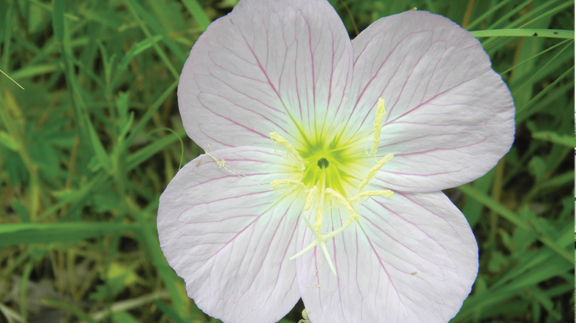
 Outdoor9 years ago
Outdoor9 years agoButtercup or Primrose?

